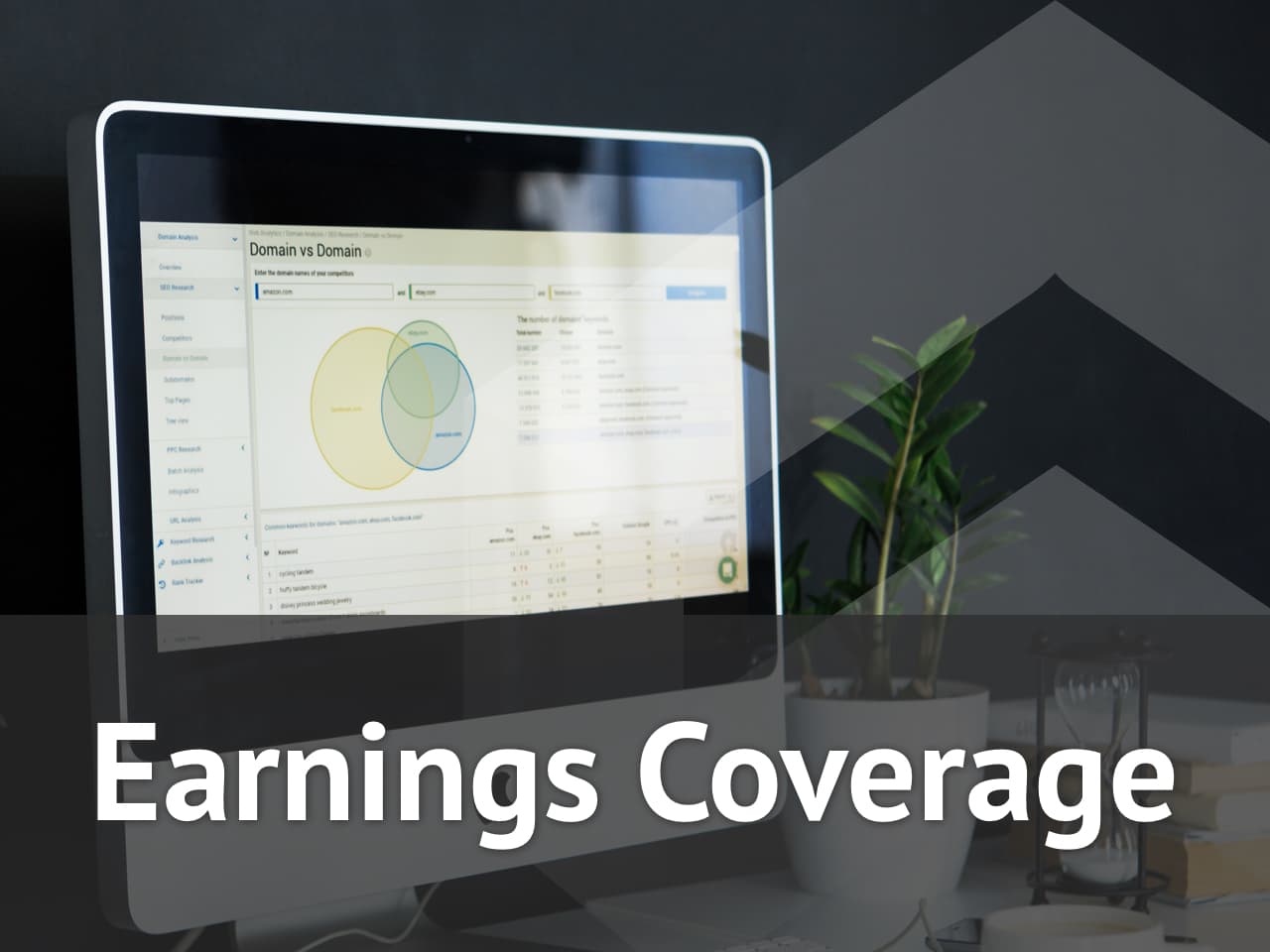A tax credit for investments in low-income areas could spur long-term job creation in overlooked parts of the country — with the right changes to its rules, according to a new book.
The capital gains deferral and exclusions available through the “opportunity zones” credit represent one of the few areas of the Tax Cuts and Jobs Act of 2017 that drew support from both Republicans and Democrats. The impact of the credit, though, has proven murky in terms of boosting jobs and economic growth in the roughly 7,800 Census tracts qualifying based on their rates of poverty or median family incomes.
Altering the criteria to focus the investments on “less traditional real estate and more innovation infrastructure” and ensuring they reach more places outside of New York and California could “refine the where and the what” of the credit, said Nicholas Lalla, the author of “Reinventing the Heartland: How One City’s Inclusive Approach to Innovation and Growth Can Revive the American Dream” (Harper Horizon). A senior fellow at an economic think tank called Heartland Forward and the founder of Tulsa Innovation Labs, Lalla launched the book last month. For financial advisors and their clients, the key takeaway from the book stems from “taking a civic minded view of investment” in untapped markets across the country, he said in an interview.
“I don’t want to sound naive. I know that investors leveraging opportunity zones want to make money and reduce their tax liability, but I would encourage them to do a few additional things,” Lalla said. “There are communities that need investment, that need regional and national partners to support them, and their participation can pay dividends.”
READ MORE: Unlock opportunities for tax incentives in opportunity zones
A call to action
In the book, Lalla writes about how the Innovation Labs received $200 million in fundraising through public and private investments for projects like a startup unmanned aerial vehicle testing site in the Osage Nation called the Skyway36 Droneport and Technology Innovation Center. Such collaborations carry special relevance in an area like Tulsa, Oklahoma, which has a history marked by the wealth ramifications of the Tulsa Race Massacre of 1921 and the government’s forced relocation of Native American tribes in the Trail of Tears, Lalla notes.
“This book is a call to action for the United States to address one of society’s defining challenges: expanding opportunity by harnessing the tech industry and ensuring gains spread across demographics and geographies,” he writes. “The middle matters, the center must hold, and Heartland cities need to reinvent themselves to thrive in the innovation age. That enormous project starts at the local level, through place-based economic development, which can make an impact far faster than changing the patterns of financial markets or corporate behavior. And inclusive growth in tech must start with the reinvention of Heartland cities. That requires cities — civic ecosystems, not merely municipal governments — to undertake two changes in parallel. The first is transitioning their legacy economies to tech-based ones, and the second is shifting from a growth mindset to an inclusive-growth mindset. To accomplish both admittedly ambitious endeavors, cities must challenge local economic development orthodoxy and readjust their entire civic ecosystems for this generational project.”
READ MORE: Relief granted to opportunity zone investors
Researching the shortcomings
And that’s where an “opportunity zones 2.0” program could play an important role in supporting local tech startups, turning midsized cities into innovation engines and collaborating with philanthropic organizations or the federal, state and local governments, according to Lalla.
In the first three years of the credit alone, investors poured $48 billion in assets into the “qualified opportunity funds” that get the deferral and exclusions for certain capital gains, according to a 2023 study by the Treasury Department. However, those assets flowed disproportionately to large metropolitan areas: Almost 86% of the designated Census tracts were in cities, and 95% of the ones receiving investments were in a sizable metropolis.
Other research suggested that opportunity-zone investments in metropolitan areas generated a 3% to 4.5% jump in employment, compared to a flat rate in rural places, according to an analysis by the nonpartisan, nonprofit Tax Foundation.
“It creates a strong incentive for taxpayers to make investments that will appreciate greatly in market value,” Tax Foundation President Emeritus Scott Hodge wrote in the analysis, “Opportunity Zones ‘Make a Good Return Greater,’ but Not for Poor Residents” shortly after the Treasury study.
“This may be the fatal flaw in opportunity zones,” he wrote. “It explains why most of the investments have been in real estate — which tends to appreciate faster than other investments — and in Census tracts that were already improving before being designated as opportunity zones.”
So far, three other research studies have concluded that the investments made little to no impact on commercial development, no clear marks on housing prices, employment and business formation and a notable boost in multifamily and other residential property, according to a presentation last September at a Brookings Institution event by Naomi Feldman, an associate professor of economics at the Hebrew University of Jerusalem who has studied opportunity zones.
The credit “deviates a lot from previous policies” that were much more prescriptive, Feldman said.
“It didn’t want the government to have a lot of oversay over what was going on, where the investment was going, the type of investments and things like that,” she said. “It offered uncapped tax incentives for private individual investors to invest unrealized capital gains. So this was the big innovation of OZs. It was taking the stock of unrealized capital gains that wealthy individuals, or even less wealthy individuals, had sitting, and they could roll it over into these funds that could then be invested in these opportunity zones. And there were a lot of tax breaks that came with that.”
READ MORE: 3 oil and gas investments that bring big tax savings
A ‘place-based’ strategy
The shifts that Lalla is calling for in the policy “could either be narrowing criteria for what qualifies as an opportunity zone or creating force multipliers that further incentivize investments in more places,” he said. In other words, investors may consider ideas for, say, semiconductor plants, workforce training facilities or data centers across the Midwest and in rural areas throughout the country rather than trying to build more luxury residential properties in New York and Los Angeles.
While President Donald Trump has certainly favored that type of economic development over his career in real estate, entertainment and politics, those properties could tap into other tax incentives. And a refreshed approach to opportunity zones could speak to the “real innovation and talent potential in midsized cities throughout the Heartland,” enabling a policy that experts like Lalla describe as “place-based,” he said. With any policies that mention the words “diversity, equity and inclusion” in the slightest under threat during the second Trump administration, that location-based lens to inclusion remains an area of bipartisan agreement, according to Lalla.
“We can’t have cities across the country isolated from tech and innovation,” he said. “When you take a geographic lens to economic inclusion, to economic mobility, to economic prosperity, you are including communities like Tulsa, Oklahoma. You’re including communities throughout Appalachia, throughout the Midwest that have been isolated over the past 20 years.”
READ MORE: Can ESG come back from the dead?
Hope for the future?
In the book, Lalla compares the similar goals of opportunity zones to those of earlier policies under President Joe Biden’s administration like the Inflation Reduction Act, the CHIPS and Science Act, the American Rescue Plan and the Infrastructure Investment and Jobs Act.
“Together, these bills provided hundreds of millions of dollars in grant money for a more diverse group of cities and regions to invest in innovation infrastructure and ecosystems,” Lalla writes. “Although it will take years for these investments to bear fruit, they mark an encouraging change in federal economic development policy. I am cautiously optimistic that the incoming Trump administration will continue this trend, which has disproportionately helped the Heartland. For example, Trump’s opportunity zone program in his first term, which offered tax incentives to invest in distressed parts of the country, should be adapted and scaled to support innovation ecosystems in the Heartland. For the first time in generations, the government is taking a place-based approach to economic development, intentionally seeking to fund projects in communities historically disconnected from the nation’s innovation system and in essential industries. They’re doing so through a decidedly regional approach.”
Advisors and clients thinking together about aligning investment portfolios to their principles and local economies can get involved with those efforts — regardless of their political views, Lalla said.
“This really is a bipartisan issue. Opportunity zones won wide bipartisan approval,” he said. “Heartland cities can flourish and can do so in a complicated political environment.”




























